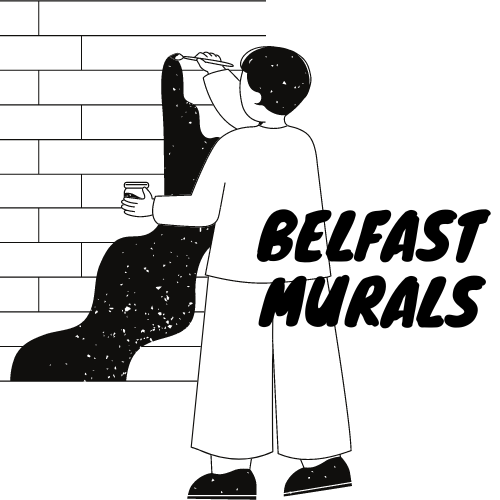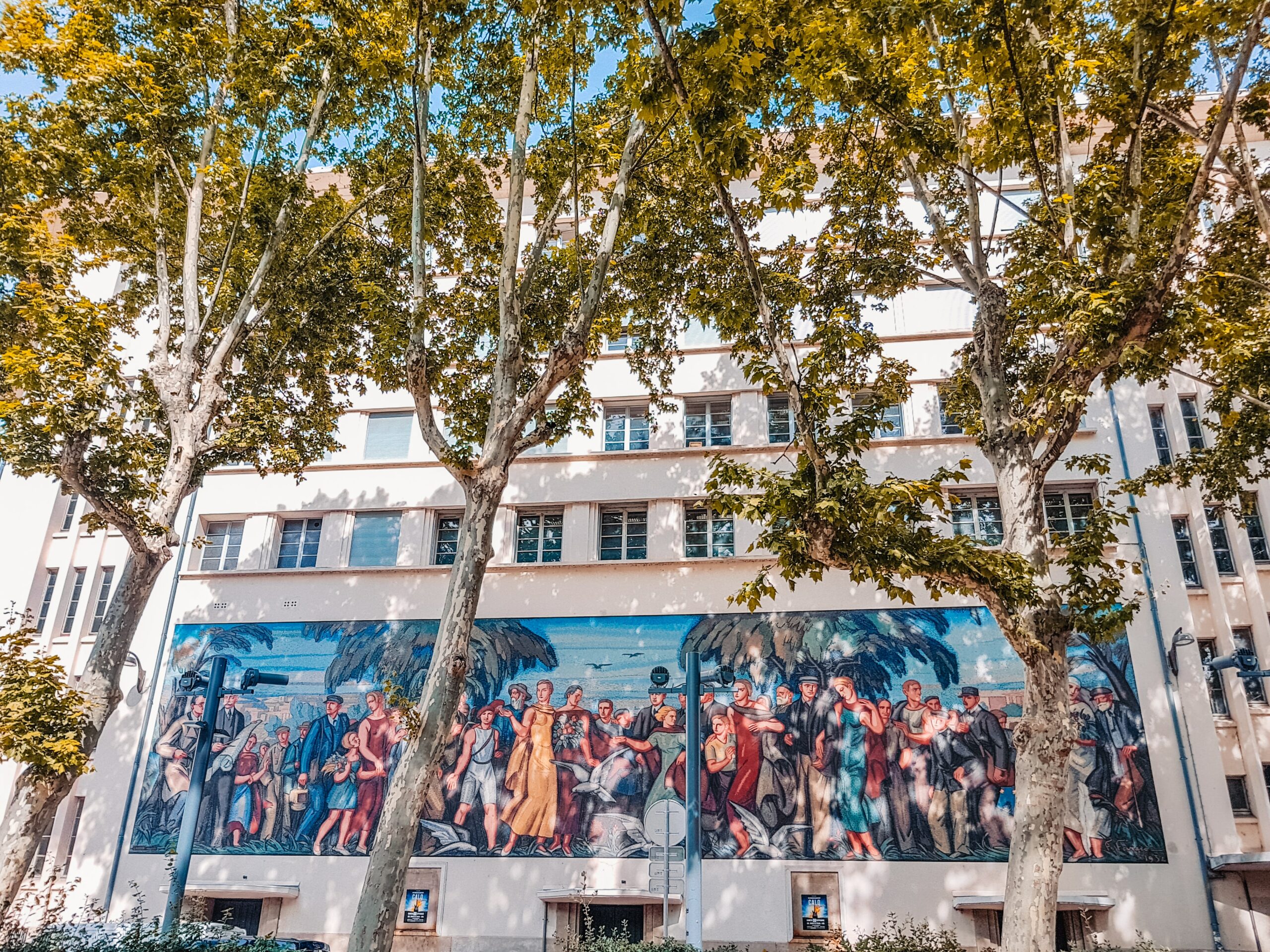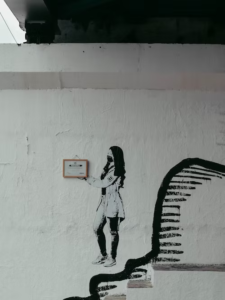A fresco is a wall painting with earthy paints resistant to lime and water; a fresh lime mortar of sand and quicklime is used as a base, the surface of which can be smooth or grainy, so that they get as beautiful as murals in Northern Ireland.
The term “frescoes” is used to describe an ancient method of writing on a wall, using colored pigments diluted in water, on wet plaster. Plaster can be of two types: “primer” and “plaster.” The first is a mixture of sand and lime, the second is a mixture of lime, fine sand and fine marble dust .
Under the influence of the air on the surface of the fresco is formed transparent crust of insoluble calcium carbonate or scale, which fixes and preserves the pigments.

The word fresco is often mistakenly applied to any wall paintings. The technique of fresco is very ancient but ancient texts (Vitruvius Pliny) speak of it very vaguely. However, from those ancient times some works have survived that allow us to judge the distribution and technique of antique frescoes.
Actually fresco called Italian fresco or “blank fresco” (“buon fresco”) first mentioned only in the treatise Cennino Cennini (1437). “The Italian Fresco” is close to the ancient fresco and also recalls the description of this technique given in the Byzantine “Book of Mount Athos” published later – only in the XVIII century.
Cennini distinguishes between the fresco technique (painting with water-dissolved pigments on wet plaster) and the “a secco” technique also mentioned in other treatises (such as the treatise of Friar Theophilus). A Secco technique is painting on dry plaster with paints that use different binders (egg in tempera painting; oil; glue; lime water). The painter uses “a secco” technique for the final retouching and for some colors such as blue.
There is also a technique called “a mezzo fresco” which consists of applying a color layer on a still wet or newly moistened base, so that this layer does not penetrate deep into the base. The technique “fresco-secco” means painting with lime water on a lime mortar moistened with quicklime with the addition of river sand; the number of colors can be increased by adding casein.
Glue or casein painting is very close to the technique “a secco”, which was used in antiquity and can be found in the Middle Ages. A very distinctive technique is “stucco-lustro” used to represent marble columns. It uses marble dust mixed with lime, a technique reminiscent of fresco technique. The technique of frescoes especially popular in Italy XII-XV centuries at first sight can seem only modest likeness of a mosaic.
However, it is not so the fresco has its own specifics. After performing a fresco its surface is carefully grinded, sometimes it is applied a soap solution containing wax and polished. Roman and Byzantine masters covered the fresco with a layer of varnish or wax, which gave it more luster (Giotto also resorted to this technique). The number of layers of plaster often exceeded three and could be up to seven.
Fresco paintings retain their original color for a long time. If the wall is well prepared and cleaned of dirt the paints can be destroyed only under the influence of moisture and chemical substances suspended in the air.
Fresco technique is very difficult so many artists prefer other techniques of mural painting especially when fresco painters are keen on forms typical for oil painting allowing to make numerous corrections and impasto.




